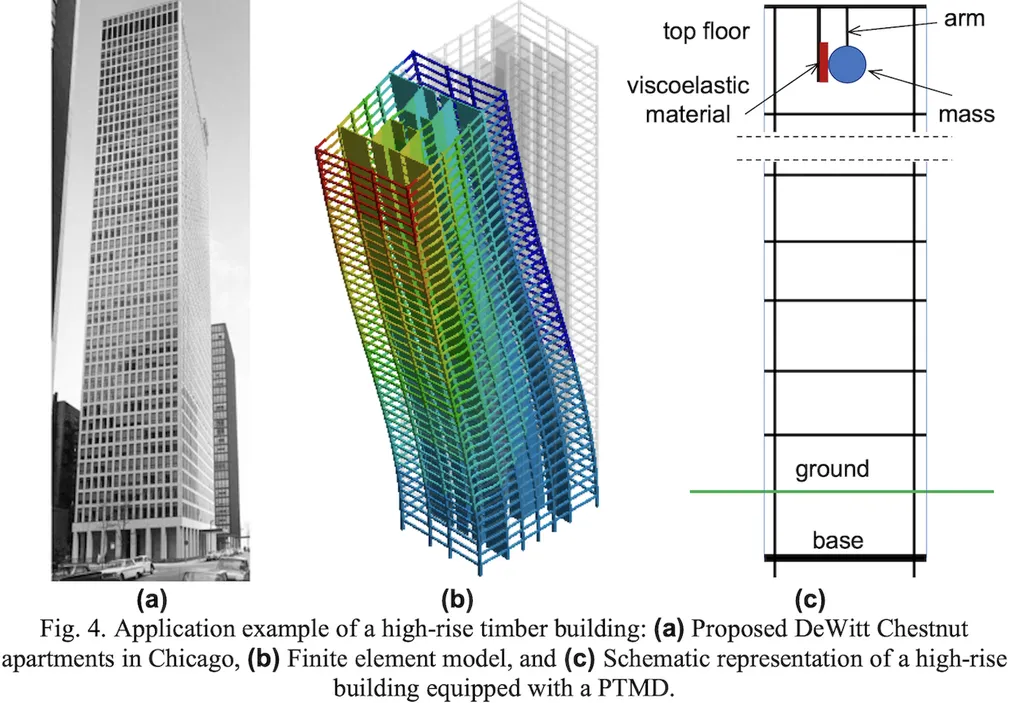In the quest to make structures more resilient against earthquakes, researchers have been exploring various passive control devices to mitigate seismic responses. A recent study led by Prashant Sunagar from the Department of Civil Engineering delves into the attenuation characteristics of two such devices: the traditional Tuned Mass Damper (TMD) and the more novel Particle Tuned Mass Damper (PTMD). The findings, published in the journal “Advances in Civil Engineering” (which translates to “Advances in Civil Engineering” in English), offer promising insights that could shape the future of structural engineering and have significant commercial impacts, particularly in the energy sector.
The study investigates how TMDs and PTMDs perform in both single degree of freedom (SDOF) and multi-degree of freedom (MDOF) structures. Traditional TMDs work somewhat like a simple pendulum, effectively attenuating seismic responses when the earthquake’s frequency is close to the damper’s frequency. However, they struggle with earthquakes that have varying frequencies. On the other hand, PTMDs, which use particles to dissipate energy through impact, show more consistent performance across different frequency ranges.
“PTMDs work well during earthquakes focusing on varying frequencies,” Sunagar explains. “This makes them a more versatile option for seismic protection, especially in regions prone to diverse seismic activities.”
The research involved both experimental investigations using shake table tests and simulation analyses using SAP2000 software. The results were clear: PTMDs outperformed TMDs in most scenarios, particularly for SDOF systems and MDOF systems subjected to various waveforms. However, TMDs showed better performance for sine wave input waveforms in MDOF structures.
The commercial implications of this research are substantial. In the energy sector, where infrastructure often spans vast areas and must withstand diverse seismic conditions, the adoption of PTMDs could lead to more robust and cost-effective designs. “The enhanced attenuation characteristics of PTMDs could translate into significant savings in maintenance and repair costs, as well as improved safety for energy facilities,” Sunagar notes.
Moreover, the findings could drive innovation in the design and implementation of passive control devices. Engineers and architects may increasingly turn to PTMDs for their versatility and effectiveness, leading to a new wave of seismic-resistant construction practices.
As the field of structural engineering continues to evolve, this research underscores the importance of exploring novel technologies to enhance the resilience of our built environment. With PTMDs showing such promising results, we may be on the cusp of a paradigm shift in how we protect our structures from the unpredictable forces of nature.

